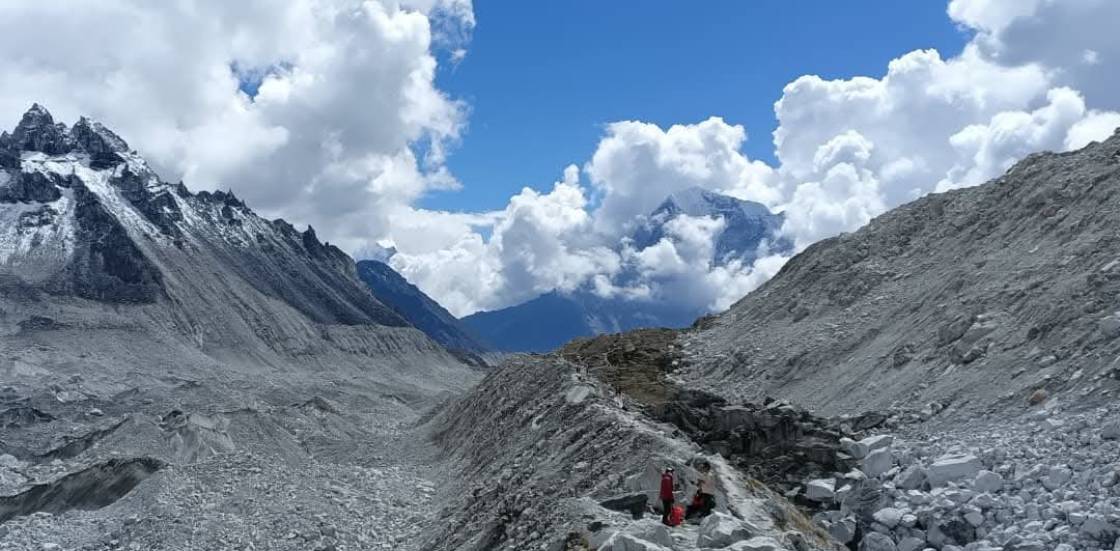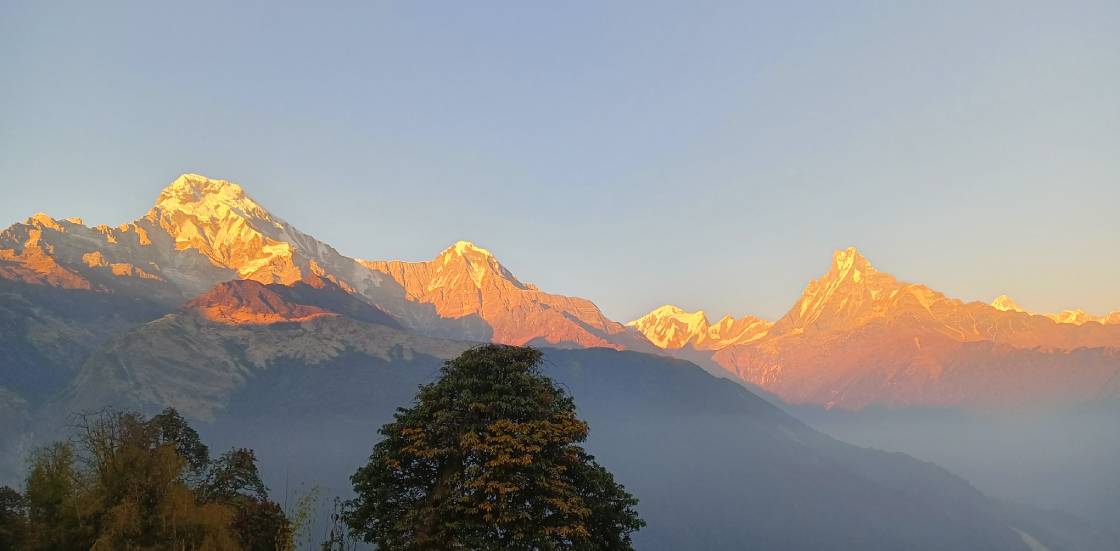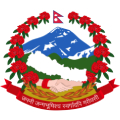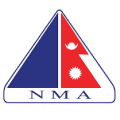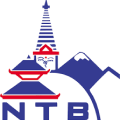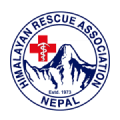Annapurna Mini Circuit Trek
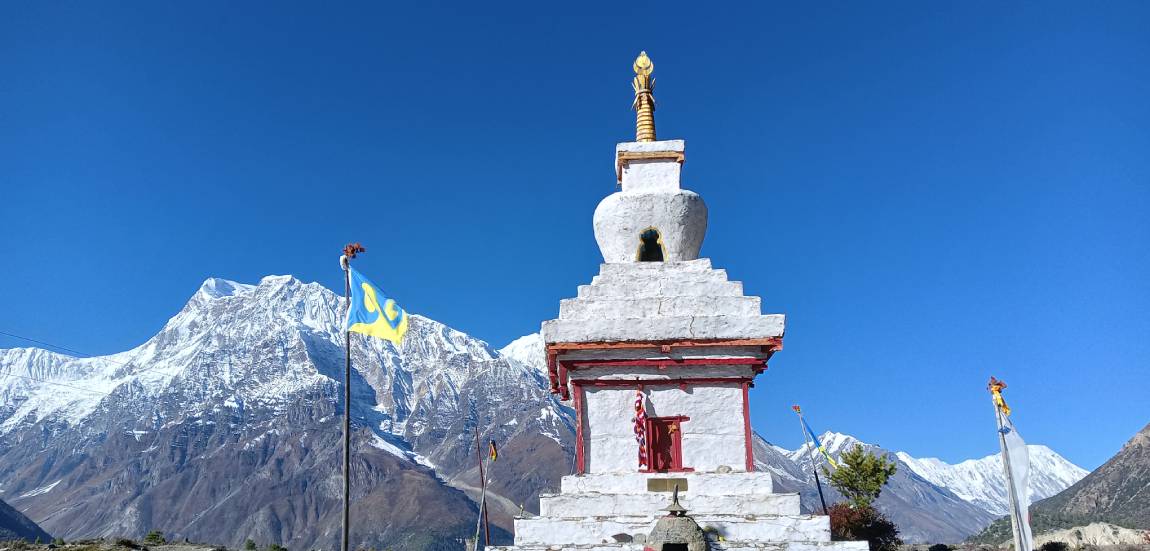
Trek Duration
13 days
Best time to go
Mar, April, May, September, October, November
Group Size
1-20
Max Trekking Altitude
5416 M
Accommodation
Tea Houses
Trek Grade
moderate
Area
Annapurna Region
Hours of Walking
5-10 hrs
Start point - End point
Kathamndu
The Annapurna Mini Circuit Trek is a stunning journey that begins in the village of Dharapani and ends at the sacred Muktinath temple. This trek offers an exciting blend of natural beauty, cultural immersion, and spiritual significance. Starting from Dharapani, the trek takes you through lush forests, traditional villages, and high-altitude landscapes, all while offering spectacular views of the Annapurna and Dhaulagiri Mountain ranges. Along the way, trekkers pass through the famous Manang district, cross the Thorong La Pass, and experience the diverse cultures of the region, including the Gurung, Thakali, and Tibetan-influenced communities. The trail gradually ascends, passing through varied terrain—from subtropical forests to arid landscapes typical of Mustang. One of the trek’s highlights is reaching Muktinath, a revered pilgrimage site for both Hindus and Buddhists, where trekkers can experience its sacred temples and the unique natural phenomenon of the 108 waterspouts. The Annapurna Mini Circuit Trek offers a perfect mix of adventure, cultural discovery, and spiritual reflection, all within a 10–12-day itinerary. This route is ideal for those looking to explore the Annapurna region in less time while still capturing the essence of its majestic mountains and rich heritage.
The Annapurna Mini Circuit Trek offers a diverse and rich experience, not just in its landscapes but also in its culture, religion, and flora and fauna. Here’s a deeper look into each aspect of the trek.
The Annapurna Mini Circuit Trek begins in Dharapani and takes trekkers through a variety of terrains, from subtropical forests to the high-altitude desert-like landscapes of the Mustang region. The trail gradually ascends, passing through lush forests filled with oak, rhododendron, and pine trees, before reaching higher altitudes where the environment becomes more rugged and dry. Key points along the trail include the famous Thorong La Pass, one of the highest trekking passes in the world at 5,416 meters (17,769 feet), and Muktinath, a sacred site. The trail involves a combination of steep ascents, descents, and high-altitude walking, offering trekkers spectacular views of towering peaks like Annapurna I, Dhaulagiri, Machapuchare, and Nilgiri.
The trek passes through a variety of villages where trekkers get a chance to witness the unique cultures of the region. In the lower parts of the trek, especially around the villages of Dharapani and Chame, you’ll find communities from the Gurung and Magar ethnic groups. As you ascend towards Manang, Tibetan culture becomes more dominant, with traditional stone houses, prayer flags, and stupas dotting the landscape. The Thakali people, living in the lower Mustang region, are also known for their hospitality and distinctive cuisine, particularly dal bhat (lentils and rice) and momo (dumplings). Villages are rich in traditional farming methods, and local customs remain largely unchanged despite the increasing presence of trekkers.
Religion plays a significant role in the Annapurna Mini Circuit Trek. The region is a melting pot of Hinduism and Buddhism, and the trek provides insight into both faiths. In lower elevations, particularly around the villages of Dharapani and Besisahar, Hinduism is more prominent, with temples dedicated to various gods and goddesses. As the trek climbs into the Manang and Mustang regions, Buddhist influences become more evident. You’ll find Buddhist monasteries, prayer wheels, and stupas, where locals often perform rituals and ceremonies. The journey culminates at Muktinath, a sacred pilgrimage site for both Hindus and Buddhists. Hindus believe Muktinath to be a place of liberation, where they can attain salvation, while Buddhists regard it as a sacred site where Guru Rinpoche meditated. The sacred 108 waterspouts at Muktinath are believed to cleanse the soul of sins.
The flora and fauna along the Annapurna Mini Circuit are diverse due to the varying altitudes and ecosystems. In lower elevations, trekkers will pass through dense forests of rhododendron, oak, and pine, which come alive with color, especially during the spring when the rhododendrons bloom. As you ascend, the vegetation shifts to alpine meadows and eventually to the more barren landscapes found near Muktinath. The higher you go, the more you encounter the hardy shrubs and grasses that thrive in the harsh conditions.
Wildlife along the trek includes species like the Himalayan tahr, musk deer, and snow leopards (though rare to spot), while birdlife includes pheasants, eagles, and various types of Himalayan vultures. The Annapurna Conservation Area is home to numerous rare and endangered species, such as the red panda and the Himalayan griffon. The flora and fauna you encounter add a rich layer to the experience, making the trek not only visually stunning but ecologically diverse.
In summary, the Annapurna Mini Circuit Trek is a well-rounded journey that blends incredible natural beauty with cultural richness. It provides trekkers with a unique opportunity to explore the traditions and religions of the Annapurna region while also experiencing the varied landscapes and biodiversity of the Himalayas.
Itenary
Cost Include
- Airport pick- up and drop in a private vehicle
- 3 -night hotel accommodation in Kathmandu with breakfast
- One day guided city tour by private vehicle
- Tea house accommodation during the trek
- All meals (breakfast, lunch, and dinner) during the trek
- An experienced, English-speaking and government-licensed trekking guide & necessary porters (2 trekkers: 1 porter)
- Staff costs including their salary, insurance, equipment, food, transportation, and accommodation
- Down jacket, trekking pole and sleeping bag if required (need to return after the trip completion)
- Trekking Duffel bag and trekking route map
- All necessary paperwork and trekking permits (ACAP, TIMS)
- Medical kit (carried by your trek leader)
- All government and local taxes
- Farewell dinner in Kathmandu
Cost Exclude
- Nepalese visa fee
- Monuments entrance fees while doing Kathmandu city tour($25 each)
- Lunch and dinner in Kathmandu
- Extra night accommodation in Kathmandu in case of early arrival, late departure, and early return from the mountain (due to any reason) than the scheduled itinerary
- Travel and rescue insurance
- Personal expenses (phone calls, laundry, bar bills, battery recharge, extra porters, bottle or boiled water, shower, etc.)
- Tips for guide and porter(s)
FAQs
This trek is not considered the easiest trek specially crossing the Thorang La pass with highest altitude. Even though it is offen seen as suitable with new trekkers who have done enough preparation with certain consideration
Thorang La pass is the highest point as per the elevation you reach on Annapurna Circuit Trek which is 5416 M /17769 Ft above the sea level
Annapurna mini circuit Trek start from Dharapani at 1860m/6102ft and end at Muktinath with 3710m/12172 ft. Most of the days average trekking elevation gain is around 500-600m but the Cross days can be more difficult than other days. Here is the details elevation level of the trek of each day.
- Kathmandu 1300m to Dharapani 1860m: 560 M
- Dharapani 1860m to Chame2670m : 810 M
- Chame 2670m to Pisang 3200m: 530 M
- Pisang 3200m to Manang 3540m: 340 M
- Manang 3540m to Yak Kharka 4018m : 478 M
- Yak Kharka 4018m to Thorang high camp 4450m : 432 M
- Thorang high Camp 4450m to Thorangla pass 5416m : 966m then trek to Muktinath 3710m : (-1706m)(very tough day entire the trek )
The best time to do the Annapurna Mini Circuit Trek is during the spring (March to May) and autumn (late September to November) seasons. These months offer clear skies, stable weather, and comfortable temperatures, making it ideal for trekking and enjoying the spectacular mountain views. In spring, you’ll also get to see beautiful blooming rhododendrons and lush green landscapes, while autumn brings crisp air and vibrant skies. The monsoon season (June to early September) is usually avoided due to heavy rains, slippery trails, and limited visibility. Winter (December to February) can be cold, especially at higher elevations, but some trekkers still enjoy this quieter season if they’re prepared for chilly weather. Overall, spring and autumn provide the best balance of good weather and stunning scenery for the Annapurna Mini Circuit.
During the Annapurna Mini Circuit Trek, you’ll stay in tea houses, which are simple lodges offering basic accommodation and meals. These tea houses are scattered along the trail in villages and settlements, providing a cozy place to rest after a day of trekking. Facilities vary but generally include a warm room with beds, shared bathrooms, and a communal dining area where you can enjoy traditional Nepali food like dal bhat, noodles, momos, and soups. Many tea houses also offer hot showers and Wi-Fi for an extra fee, especially in more popular villages. The atmosphere is friendly and welcoming, often giving trekkers a chance to meet fellow travelers and learn about local culture. Overall, tea houses make the trek comfortable and accessible, even in remote areas.
Yes, it’s very important to have travel insurance for the Annapurna Mini Circuit Trek. Since the trek takes you through high-altitude and remote areas, there’s always a risk of illness, injury, or unexpected emergencies. Good travel insurance will cover medical treatment, emergency evacuation, and even helicopter rescue if needed. Many trekking companies won’t let you start the trek without proof of insurance, so it’s best to get it sorted before you go. Having insurance gives you peace of mind so you can focus on enjoying the beautiful journey without worrying about what might go wrong.
For the Annapurna Mini Circuit trek, it’s important to pack gear that keeps you comfortable and safe as you trek through varying weather and terrain. Start with good-quality, waterproof trekking boots that offer ankle support and are well broken-in to avoid blisters. Layered clothing is key: moisture-wicking base layers, a warm fleece or down jacket for cold mornings and evenings, and a waterproof, windproof shell jacket to protect against rain and wind. Trekking pants that dry quickly and thermal leggings are also helpful. Don’t forget warm accessories like a hat, gloves, and a buff or scarf, plus sunglasses and sunscreen to protect against strong sun at higher altitudes. A sturdy backpack, trekking poles, a headlamp, reusable water bottles, and a basic first aid kit are also must-haves. Overall, pack versatile, lightweight gear that can handle changing conditions to make your trek comfortable and safe.

